A week or so ago, while riding a bike home from a park, I saw a guy riding a OneWheel the other way. He was moving fast and carving big curves along the street. As we passed, I yelled, “I want one!” He replied, “I have five!” And thus began my latest interest in this novel form of transportation.
What is a OneWheel? According to Wikipedia, “a self-balancing single wheel electric board-sport, recreational personal transporter, often described as an electric skateboard.” While I get why it might be called an electric skateboard, that term really doesn’t covey what it is. Awkward though it may be, the longer description is far more accurate.
A short time Web searching revealed a local OneWheel Pint available for rental. So, with a few days of nice weather forecast, I rented it.
A OneWheel is not quite what I expected. There are reasons to compare it to a skateboard. It has a rectangular platform to stand on. Rather than four wheels, a pair at each end mounted on “trucks” to allow steering, as on a skateboard, a OneWheel has a large single wheel mounted in the center of the board. The rider stands astride the center wheel, a foot near each end of the board. The wheel houses an electric motor in its hub. The motor and control electronics propel and balance the board fore-and-aft. The platform houses batteries and sensors that can read orientation of the board and placement of the forward foot.
So, like a skateboard, the rider stands on a platform, feet perpendicular to the direction of travel. On both skateboard and OneWheel, the rider has to balance, but they balance very differently. On a skateboard, balance is mostly in the roll axis along the length of the board. A rider leans side-to-side, or tips the board along that roll axis to turn. On a OneWheel, the rider must balance side-to-side and fore-and-aft; however, the self-balancing technology assists in the fore-and-aft (pitch) direction. Fore-and-aft tilt controls the speed. Turning is done with side-to-side (roll) motion.
Of course, the main benefit of a OneWheel over a skateboard is propulsion! Leaning forward on the OneWheel starts the motor pushing. The further you lean forward, the faster you go. If you want to slow down, lean back. Turning is similar to skateboards, although without the resistance wheel trucks impart as they reach their limit. When the OneWheel leans to turn, it rides along the edge of its tire allowing it to trace an arc in that direction.
Speed is limited by a feature called Pushback. When a rider approaches the prescribed speed limit (12-18 mph, depending upon the model) the control mechanism raises the front of the board. The rider should heed this feedback and shift their weight back. When the speed is under control the board levels out.
OneWheel employs regenerative braking (recharging the battery) when decelerating downhill. If the battery is fully charged, Pushback engages to warn that the battery could overcharge and overheat.
I noticed Pushback pretty quickly as I got up to speed. Apparently, many new riders don’t. But with that under my belt, I managed a trip to my favorite coffee shop (~2.5 miles each way), a cruise through the nearby college campus (~4 miles), and a grocery run (~5 miles round trip). All in all, I did about 21 miles in the brief time I had it.
Despite all the skateboard and scooter comparisons, the best I can describe it is as a magic carpet. It’s easy to see why riders call it “floating.” And it was more fun than I’ve had in a long time.
What is a OneWheel? According to Wikipedia, “a self-balancing single wheel electric board-sport, recreational personal transporter, often described as an electric skateboard.” While I get why it might be called an electric skateboard, that term really doesn’t covey what it is. Awkward though it may be, the longer description is far more accurate.
A short time Web searching revealed a local OneWheel Pint available for rental. So, with a few days of nice weather forecast, I rented it.
A OneWheel is not quite what I expected. There are reasons to compare it to a skateboard. It has a rectangular platform to stand on. Rather than four wheels, a pair at each end mounted on “trucks” to allow steering, as on a skateboard, a OneWheel has a large single wheel mounted in the center of the board. The rider stands astride the center wheel, a foot near each end of the board. The wheel houses an electric motor in its hub. The motor and control electronics propel and balance the board fore-and-aft. The platform houses batteries and sensors that can read orientation of the board and placement of the forward foot.
So, like a skateboard, the rider stands on a platform, feet perpendicular to the direction of travel. On both skateboard and OneWheel, the rider has to balance, but they balance very differently. On a skateboard, balance is mostly in the roll axis along the length of the board. A rider leans side-to-side, or tips the board along that roll axis to turn. On a OneWheel, the rider must balance side-to-side and fore-and-aft; however, the self-balancing technology assists in the fore-and-aft (pitch) direction. Fore-and-aft tilt controls the speed. Turning is done with side-to-side (roll) motion.
Of course, the main benefit of a OneWheel over a skateboard is propulsion! Leaning forward on the OneWheel starts the motor pushing. The further you lean forward, the faster you go. If you want to slow down, lean back. Turning is similar to skateboards, although without the resistance wheel trucks impart as they reach their limit. When the OneWheel leans to turn, it rides along the edge of its tire allowing it to trace an arc in that direction.
Speed is limited by a feature called Pushback. When a rider approaches the prescribed speed limit (12-18 mph, depending upon the model) the control mechanism raises the front of the board. The rider should heed this feedback and shift their weight back. When the speed is under control the board levels out.
OneWheel employs regenerative braking (recharging the battery) when decelerating downhill. If the battery is fully charged, Pushback engages to warn that the battery could overcharge and overheat.
I noticed Pushback pretty quickly as I got up to speed. Apparently, many new riders don’t. But with that under my belt, I managed a trip to my favorite coffee shop (~2.5 miles each way), a cruise through the nearby college campus (~4 miles), and a grocery run (~5 miles round trip). All in all, I did about 21 miles in the brief time I had it.
Despite all the skateboard and scooter comparisons, the best I can describe it is as a magic carpet. It’s easy to see why riders call it “floating.” And it was more fun than I’ve had in a long time.
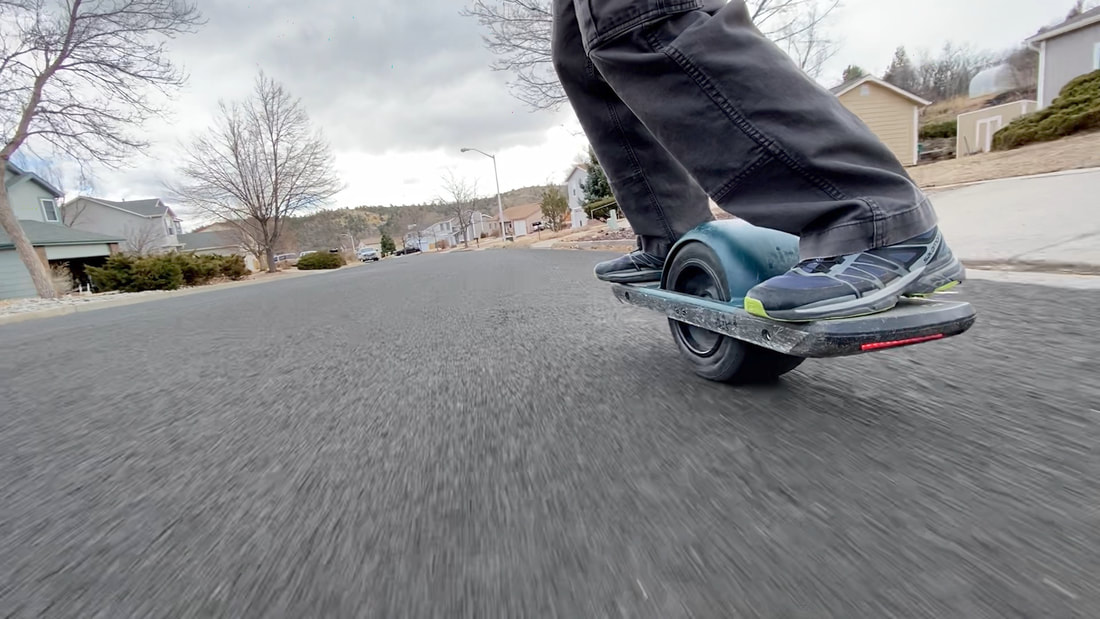
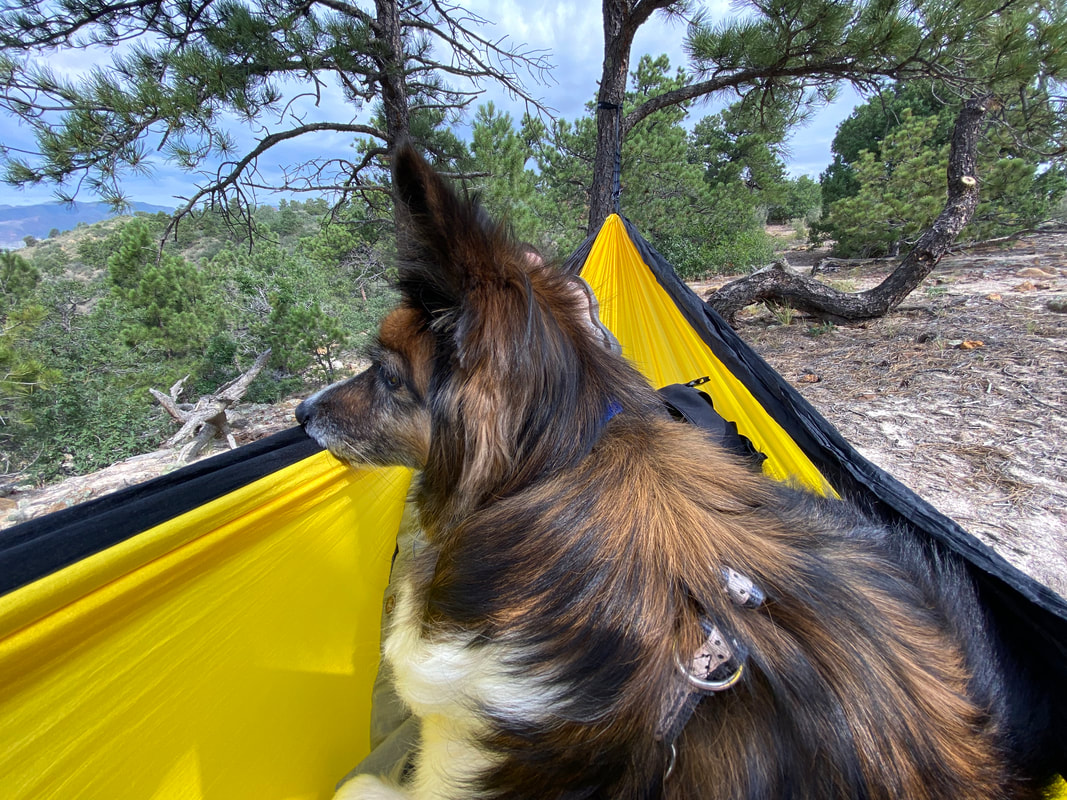
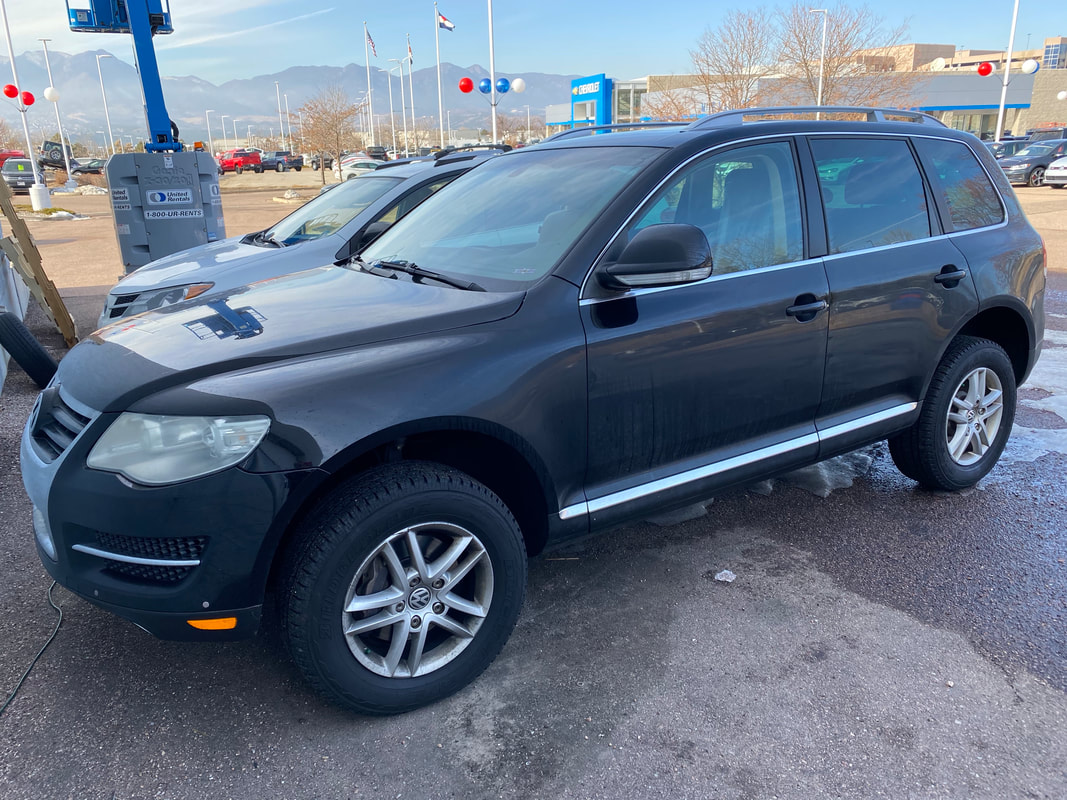


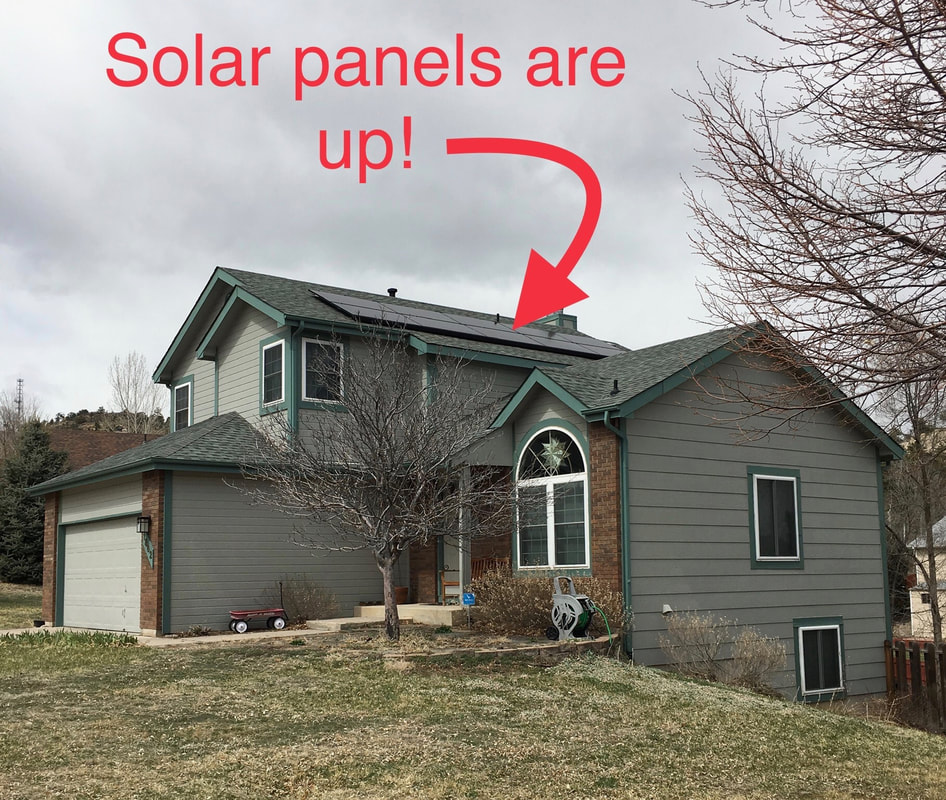
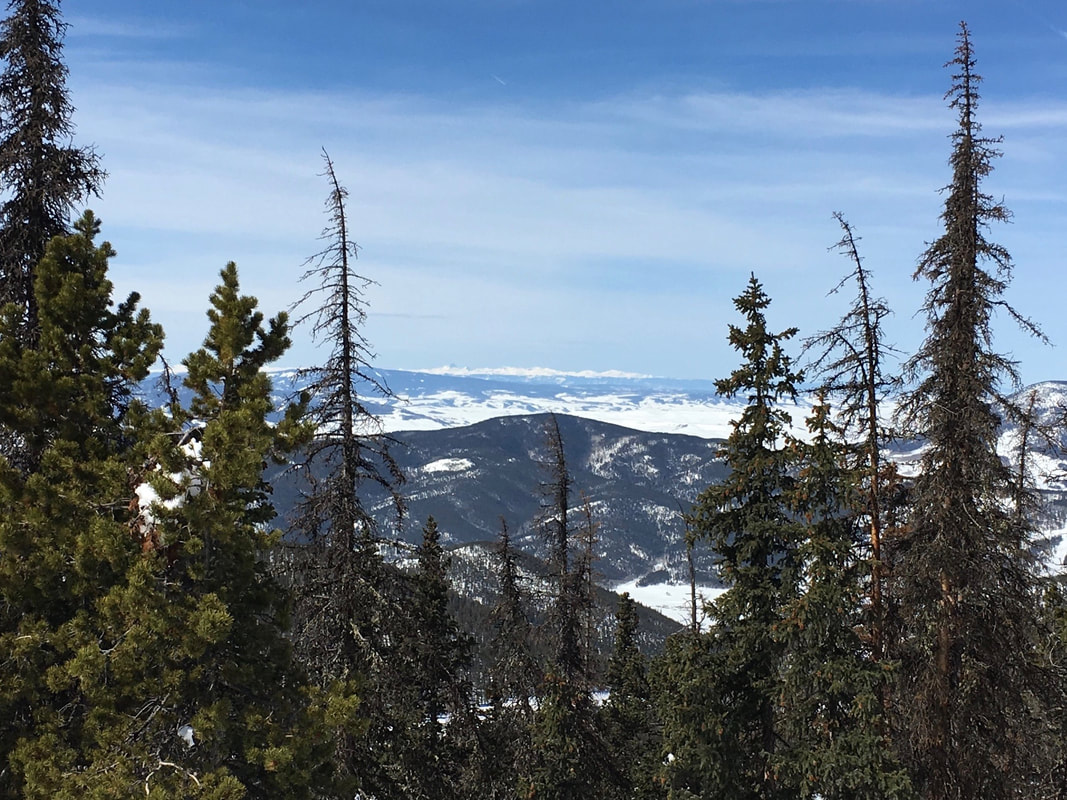
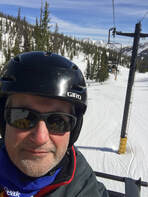
 RSS Feed
RSS Feed
